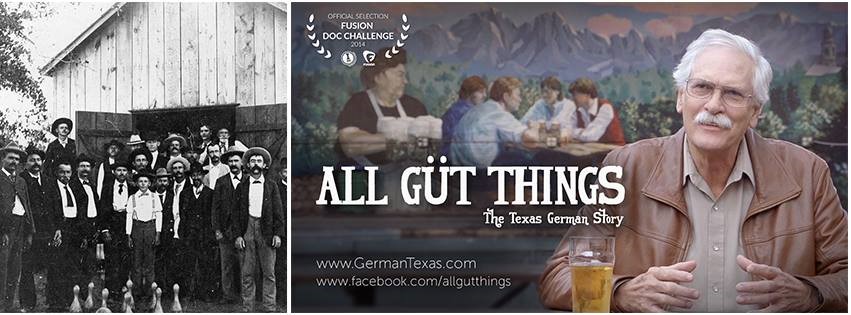
On Tuesday, April 5, the Brazos Valley community can learn about Aggieland’s historic German roots from a top scholar of the “German Belt” of Texas at an event on the Texas A&M University campus.
The Department of International Studies is sponsoring the event titled All Güt Things: On the History of Texas German and German Texans. Event festivities include a screening of the 35 minute documentary “All Güt Things: The Texas German Story” followed by a discussion led by Hans Boas, a leading expert on those who speak “Texasdeutsch,” a dialect of German spoken by a few thousand Texans.
All Güt Things: On the History of Texas German and German Texans will be held in Harrington Education Center room 105 at 6pm on April 5. Event organizer and international studies lecturer David Brenner said the community should attend to learn about the real history of German language and culture in Texas.
“Ten percent of the population in the state, or 3 million people, regard themselves as being of German descent,” Brenner shared. “People should attend not only to learn the truth, but to meet the actual researchers carrying out the research on this significant segment of residents in Texas.”
Texas A&M is located just north of the historic “German Belt” of Texas, where thousands of German immigrants first settled between the late 1830s and the late 1890s. Evidence of this large migration is found in the names of families, towns, and businesses throughout the Lone Star State. All Güt Things: On the History of Texas German and German Texans is an opportunity to learn more about this unique history and its continued significance.
“The event provides more of a basis for understanding the rich multicultural backgrounds of Texas residents,’ Brenner said. “The early waves of German immigrants to Texas between the 1830s and 1890s came to Texas seeking economic opportunity, adventure, and (in a few cases) political asylum. They experienced great hardship when arriving here only to establish themselves and prosper within a couple of generations. In short, they exemplify the great American immigration narrative.”
